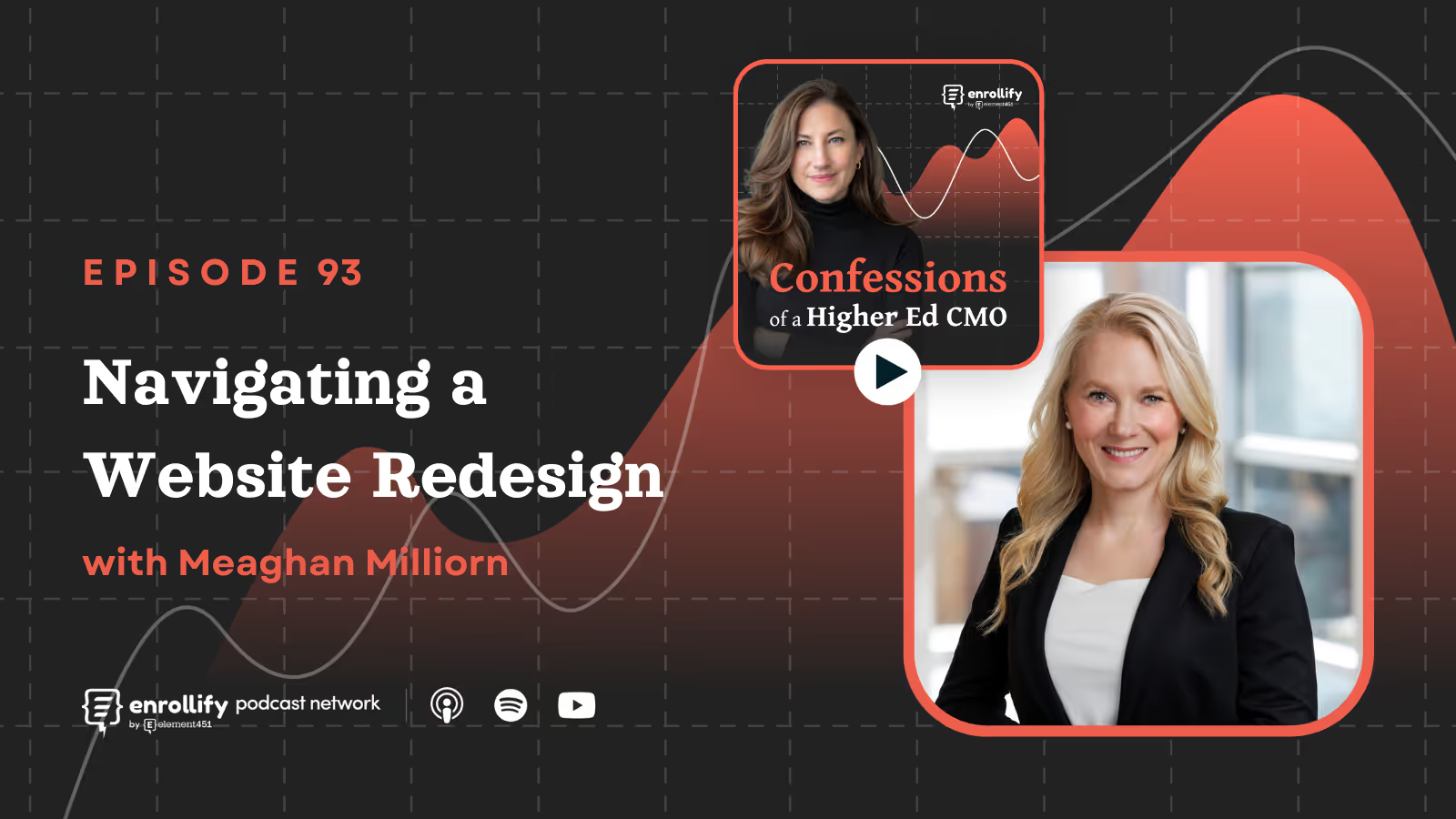About the Episode
In this episode emerging leaders can learn about creating culture and setting vision at our institutions. Dr. Gann shares practical experiences from his own background, discusses strategies for setting culture and talks about how interconnected systems impact our work. Whether you’re a new leader or a seasoned pro, this episode will help you in your work to set culture, build trust, and define the strategic vision of your institution.
Key Takeaways
- Strategic Visioning is Aspirational
Effective strategic visioning focuses on long-term goals, core values, and guiding principles rather than day-to-day operations. - Guided Autonomy Balances Innovation with Structure
Leaders should set clear objectives while empowering teams to innovate within defined boundaries. - Building Trust is Key to Leadership Success
Transparency, consistency, and authenticity create a foundation of trust, enabling teams to engage fully with the organization's mission. - Culture Change Requires Systems Thinking
Understanding how organizational structures influence behavior can help leaders implement sustainable culture shifts.
What is Strategic Visioning, and Why is it Important?
Dr. Gann emphasizes that strategic visioning defines where an organization wants to go and the core values guiding the journey. It aligns resources effectively and inspires team-wide buy-in. For example, he recounts a university's leadership initiative to build school spirit, which became a long-term strategy for improving campus pride and retention.
How Can New Leaders Set and Communicate Strategic Vision?
- Clarity is Crucial: Vision must be clear and consistently communicated at all levels.
- Collaboration is Key: Involve all stakeholders, including often-overlooked voices, such as facilities and support staff.
- Maintain a Feedback Loop: A continuous feedback process ensures the vision remains relevant and evolves as needed.
How Can Leaders Balance Inclusion and Focus?
Dr. Gann advocates for "guided autonomy," a framework where teams are empowered to innovate while staying aligned with leadership’s objectives. Weekly updates, transparent decision-making, and team-wide discussions can help balance flexibility with focus.
How Do You Build Trust as a Leader?
Trust is established through:
- Transparency: Sharing the "why" behind decisions.
- Consistency: Aligning actions with stated values.
- Authenticity: Showing vulnerability and creating space for failure and learning.
What Are Practical Steps for Culture Change?
- Engage in Active Listening: Understand your team’s perspectives and involve them in decision-making.
- Start with Quick Wins: Small, visible changes can build momentum and show commitment.
- Lead by Example: Demonstrate the values you want to instill, such as collaboration, adaptability, and continuous learning.
How Can Leaders Sustain Vision and Culture?
- Be Patient but Persistent: Change takes time but should be pursued consistently.
- Focus on Small Wins: Incremental progress builds confidence and momentum.
- Adopt Systems Thinking: Understanding how interconnected processes affect culture and behavior ensures sustainable outcomes.















